Cell seeding is a very common experiment in biological experiments, but occasionally there is an uneven cell seeding, what are the effects?
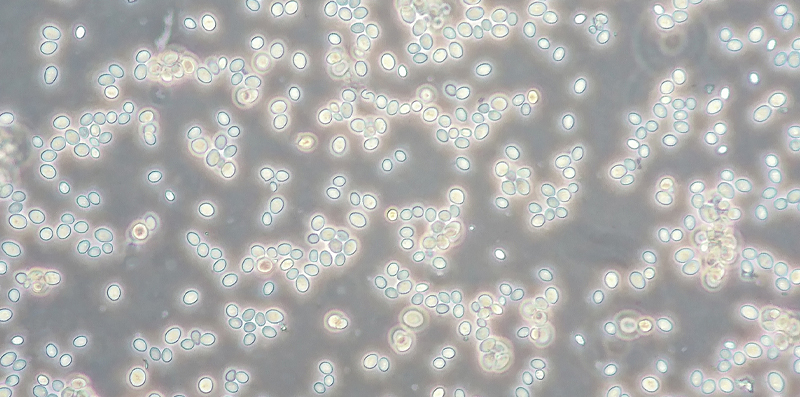
First of all, the difference in cell growth: uneven plating, differences in cell density and distribution in different areas, resulting in overgrowth of cells on one side and very dense, and sparse growth or even stop growing on the other side, thus affecting the reliability of experimentalresults.
Affect the quantitative analysis of cells: In cell fluorescence staining (IF) experiments, cell density is uneven, and the intensity of the fluorescent signal may differ, which can affect the quantitative analysis of cells.
Large differences in data in MTT experiments: In cell proliferation experiments, cell density is uneven, and the measurement of number is disturbed, and the results of MTT experiments will fluctuate and be inaccurate.
Transfection experiments and drug incubation could not be carried out, resulting in poor consistency of experimental results, difficulty in reliable comparison and analysis, and reduced data credibility, which affected the scientificity and accuracy of the study.
How to make cell seeding even?
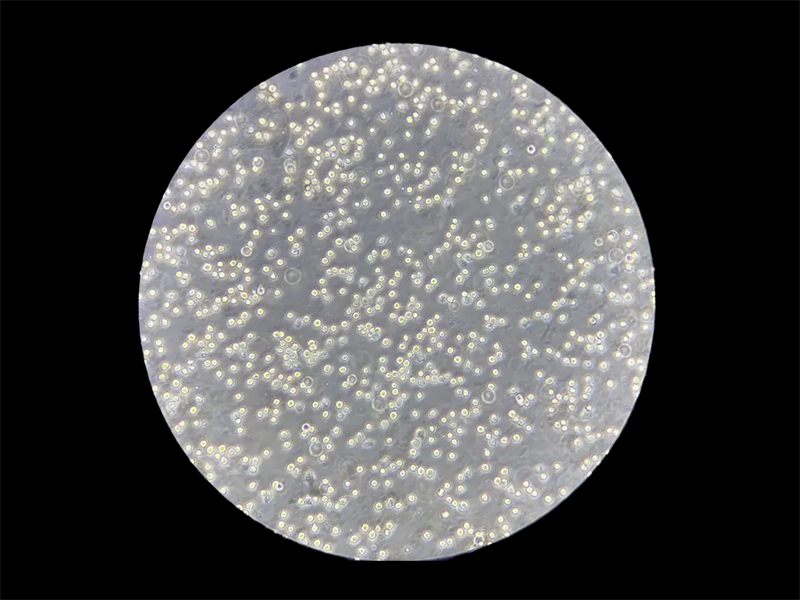
Choose the cell culture plate selection according to your needs, if you want to know more about cell culture plates, we can refer to this article《How Much You Know About Cell Culture Plate?》
The amount of liquid added to the cell culture plate is very important, if the amount of culture medium is small, it may cause a low depression in the middle, and the cells are easy to aggregate, so we must add enough culture medium.
| Size | Area(cm²) | Medium(mL) | Numbers of Cells |
| 6 Well | 9.6 | 2.5 | 2.5*106 |
| 12 Well | 4.5 | 2.0 | 106 |
| 24 Well | 2 | 1.0 | 5*105 |
96 Well | 0.32 | 0.1 | 105 |
How do I plate cells evenly? A 24-well plate is used as an example.
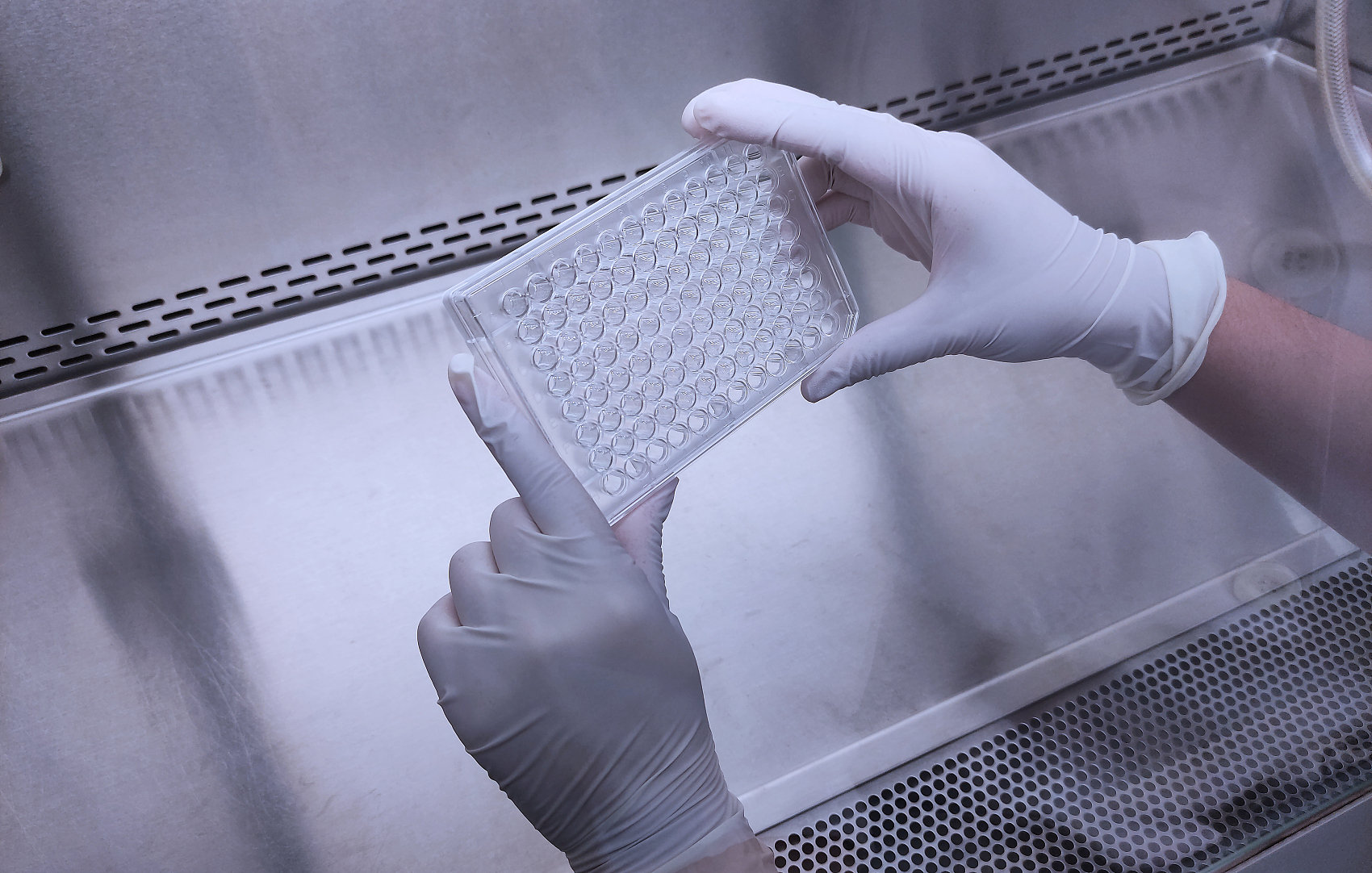
●Wet each well with medium to eliminate the effects of liquid surface tension.
● 24-well plates with a liquid volume of 500u per well. Assuming 80,000-100,000 cells per well, the total cell suspension can be calculated, dispensed, and mixed with 50 gentle pipettes.
● 24-well plates, add 500ul of cell suspension per well.
●Shake well (all shake well, with slight force, but the medium is not spilled).
▼Cross shake
Shake about 10 times in each direction, 1-2 turns.
▼Swirl and shake
Gently hold one corner of the culture plate with your hand, rotate and shake clockwise for about 5 times, and then rotate and shake again at the corner of the culture plate. You can also rotate it counterclockwise and shake it several times.
▼ Collision shake/oscillation shake
After doing the cross shake, rotation shake, the cells will still gather, at this time you can use shaker to shake a little, choose an instrument with small amplitude and high frequency, or you can also knock from the bottom to disperse the cells, you can also hit each corner of the culture plate slightly against the ultra-clean table, appropriate force, to ensure that the culture liquid does not spill out, the specific can be determined according to the situation.
●Wait for 20 minutes.
After shaking, do not touch the plate, and wait for 20 minutes.
●Observation
After 20 min, carefully pick up the plate and observe it under the microscope while the cells are evenly plated.
Common causes and solutions for uneven cell seeding
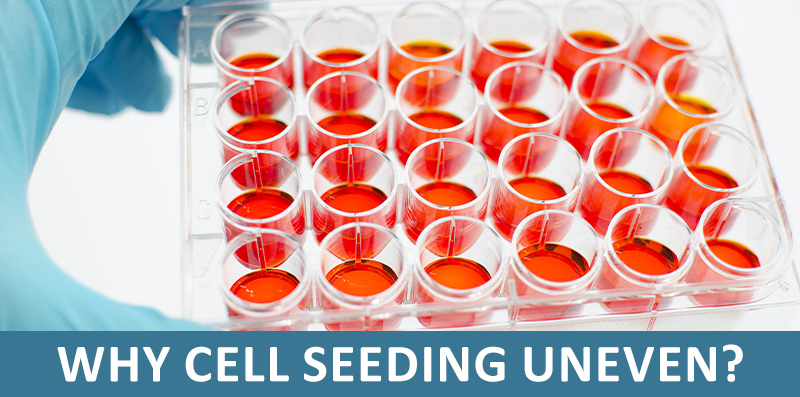
●The local growth is dense, and the dense places are irregularly distributed
Reason: It is generally caused by the lack of mixing during seeding, or the formation of cell clumps due to incomplete digestion during cell passage
Solution: Continue to culture for 1-2 days, wait for the cell state to stabilize, re-digest the seeding, pay attention to the use of the cross method or figure 8 method to mix well, and confirm whether the cells are dispersed into single cells under the microscope after seeding.
●The culture vessel grows densely in the center and sparsely at the edges
Cause: Excessive shaking times when mixing the cross method or figure-8 method, caused by the vortex formation of liquid
Solution: Continue to culture for 1-2 days, wait for the cell state to stabilize, re-digest the seeding, and shake 5-6 times while mixing.
●Cells grow on the half side of the culture vessel, forming a clear dividing line
Cause: This may be caused by an uneven incubator shelf
Solution: This can be solved by adjusting the incubator rack to keep it level
●Cells form concentric circles and grow against the edges
Cause: This is due to a malfunctioning incubator fan or a vibration of the device
Solution: Putting a foam board underneath the culture vessel or placing heavy objects on a shelf can be relieved and check that the incubator fan is working properly.
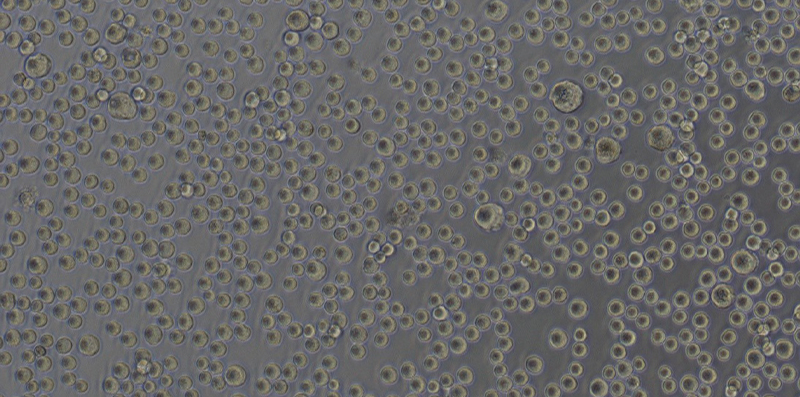
Above is the detailed information for cell seeding and hope it will be helpful to you.